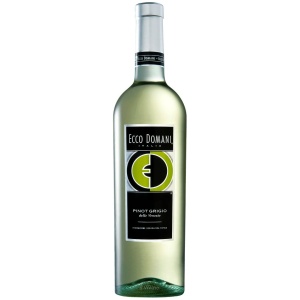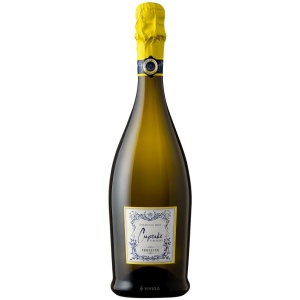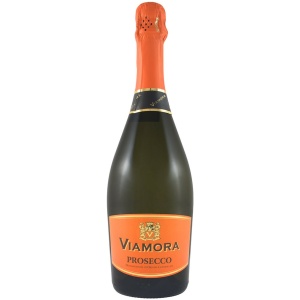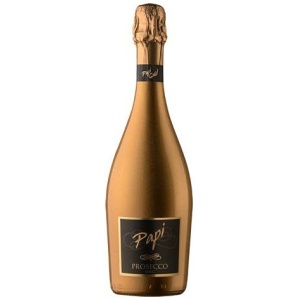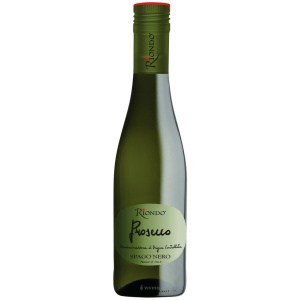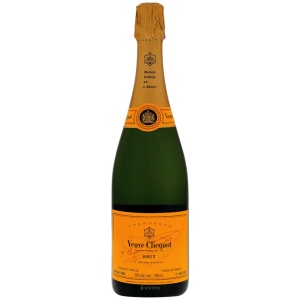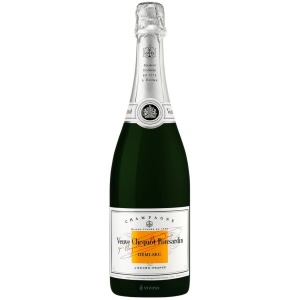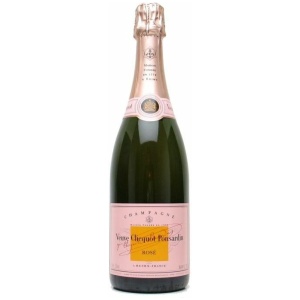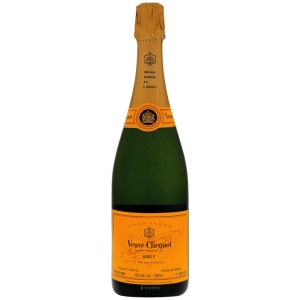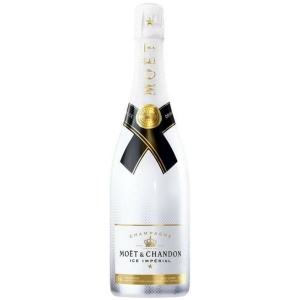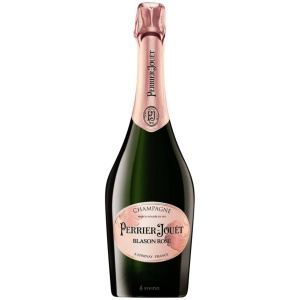
Prosecco comes from the Veneto region in Northern Italy and is made from the Glera grape variety. Champagne, can be either a single or blended wine made from Chardonnay, Pinot Meunier and Pinot Noir, and comes from the Champagne region in France.
Prosecco
Prosecco comes from Northeast Italy, although its heart is a small Veneto region called Conegliano Valdobbiadene. Although consumers often equate it with the widely available commercial quality of the fizz, access to Italy’s best sparkling wines is increasing. Many retailers now sell Prosecco for everything from party-ready bottles to dinner mixes. Production technology continues to improve and the appetite for experimentation is growing. The result is better bubbles and lower sugar levels, indicating terroir, quality and style. In fact, there is something to explore in the world of Prosecco for the curious wine lover.
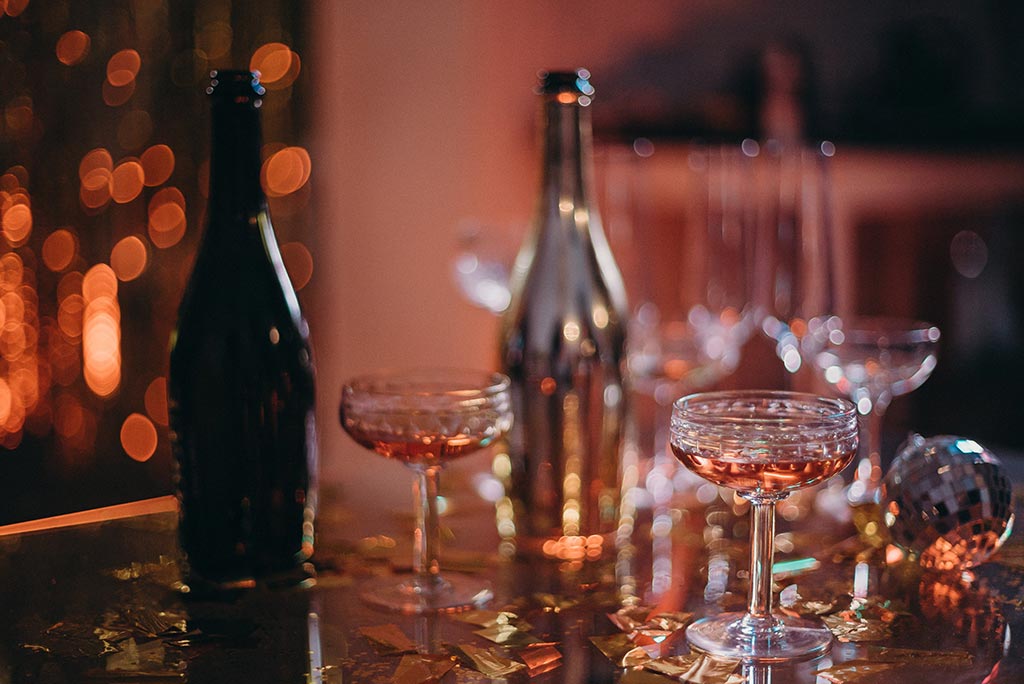
Prosecco is made from Glera grapes
In the past, the grapes from which Prosecco was made were called Prosecco and Glera. Fine green grapes have been grown in the Veneto and Friuli regions in northern Italy for hundreds of years. But in 2009 the growing number of plantations in the New World forced the Italian authorities to seek legal protection for the name ‘Prosecco’, renaming the variety ‘Glera’. It was similar to the way the French defend the name “Champagne” as the place of origin. It was also the year in which the name Conegliano Valdobbiadene became the 44th denominator of Italian Origin Controllata e Garantita (DOCG).
In Italy, Prosecco refers exclusively to wines produced under three specific appellations, using at least 85% Glera. However, it is known that foreign producers also use this term to refer to their own bottling, which creates legal problems.
Glera tends to have high yields, and the higher the yields, the more neutral the wine produced. The moderately high acidity of the grapes makes it an excellent choice for sparkling wines. It gives a wonderful aroma of melons, peaches, pears and white flowers. The resulting wines are generally light or of medium weight. Depending on the producer’s style and the amount of residual sugar, alcohol levels can vary from 8.5% to 12.5% for totally dry wines.
What is thehe difference between Prosecco and Champagne?
The main difference between Prosecco and other sparkling wines, such as champagne, is the way bubbles are made. There are several ways in which carbon dioxide (CO2) enters a wine bottle.
The most expensive and known method is the so-called traditional method. This is how champagne produces its iconic sparkling wine. The winemaker fills the bottle with wine that is still dry, then adds yeast and sugar and closes it with a crown cap. As the yeast consumes sugar, it releases CO2 as a by-product. The traditional method requires that the second fermentation takes place inside a bottle that is bought on a retail shelf. However, this method also changes the wine. It adds complexity, texture and flavors such as brioche and toast, especially as you age.
Your guide to sparkling wines from around the world…
But not all wines have to be treated that way. Some are younger and more alive, so Prosecco goes through a different process. For most Prosecco, the second fermentation takes place in a large tank. There are several names for this process: Charmat-Martinotti, Italian method, tank method, cuvette close in French, or autoclave in Italian. It is cheaper, faster and less time consuming than the traditional method.
The cuvette is added to the tank under pressure, then a second fermentation is made with the addition of yeast and sugar. Cooling the wine in the correct pressure atmosphere stops the rapid fermentation. This method preserves the taste and freshness of Glera.
Production methods for Sparkling Wines
The second fundamental difference between these two sparkling wines lies in the production methods, in particular the way sparkling wine is produced.
In both cases, the original still wine undergoes secondary fermentation, which results in the formation of CO2, which makes it a sparkling wine.
In champagne, the champagne method or “traditional method” is used. A second fermentation takes place in the bottle; the yeast is added together with the sugars (the liqueur is replicated). The bottles are left tilted, with the neck down, on shelves so that the dead yeast cells are collected in the neck at the end of fermentation.
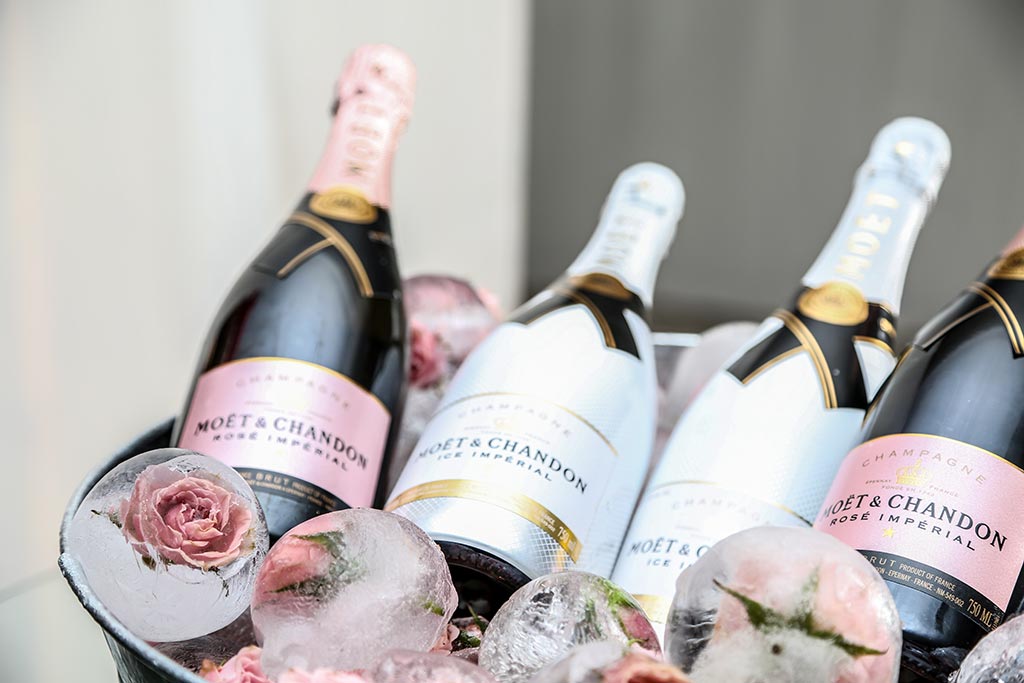
When the bottle is ready, the neck of the bottle is frozen and the dead yeast cells are released, a process called “ugliness”. The wine is then refilled and left to ripen; in order not to harvest it must ripen for at least 18 months and in order to harvest it must ripen for at least three years.
Prosecco most often uses the “pond method”, where the second fermentation takes place in a large pond. Yeast and sugar are added to the main wine. During the second fermentation, the tank is closed to avoid CO2 emissions, which makes the wine aerated before being bottled and sealed.

